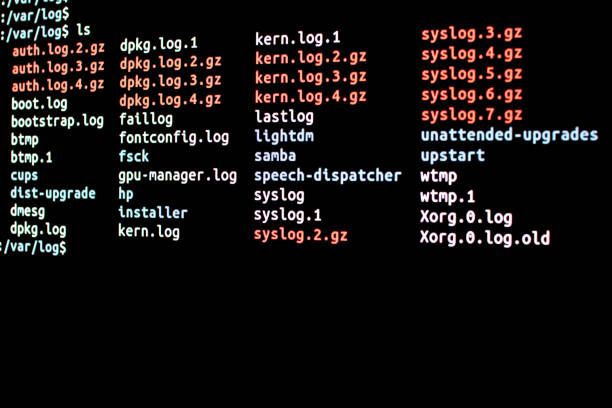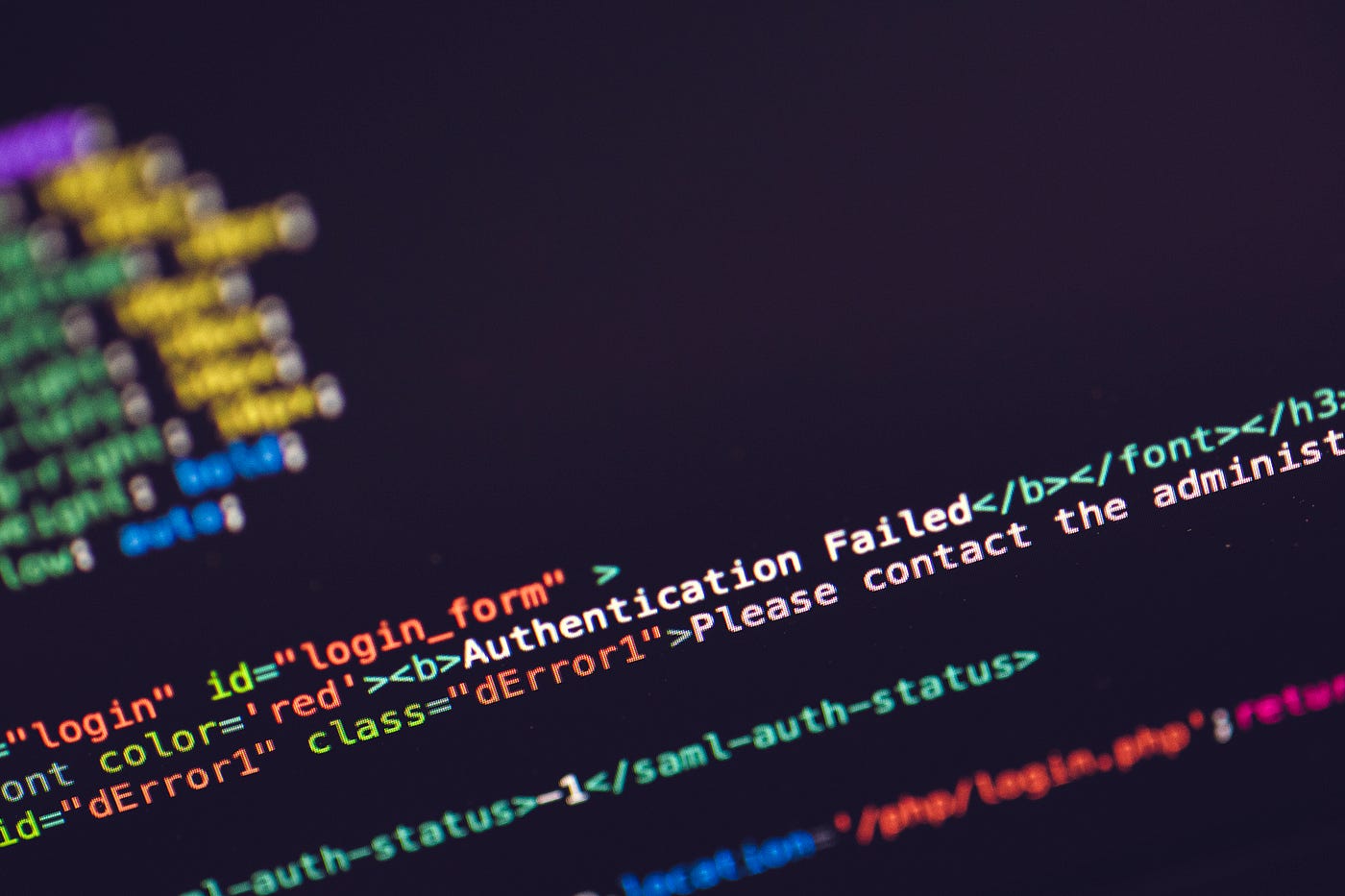Samba is an open-source software suite that allows seamless file and print sharing between different operating systems. Setting up Samba can significantly enhance your network capabilities, regardless of whether you are a small business or a home user in Washington. In this blog post, we’ll walk you through the process of Samba installation and configuration Washington, ensuring you have a smooth and efficient file-sharing experience.
Section 1: Understanding Samba: An Overview
Introduction to Samba and its role in network file sharing. Explaining the SMB/CIFS protocol and its compatibility with different operating systems. Understanding the benefits of using Samba in Washington.
Section 2: System Requirements for Samba Installation
Discussing the hardware and software requirements for running Samba on your Washington system. Compatibility considerations for different operating systems. Recommended system specifications for optimal performance.
Section 3: Installing Samba on your Washington System
Step-by-step instructions for installing Samba on your Washington machine. Providing guidance for different Linux distributions and Windows systems. Verifying the successful installation of Samba.
Section 4: Configuring Samba for File and Print Sharing

Understanding the Samba configuration file and its parameters. Configuring global settings for file and print sharing. Creating and configuring Samba shares for specific directories.
Section 5: Setting Up User Accounts and Permissions
Creating user accounts for Samba authentication. Assigning permissions and access controls to Samba shares. Implementing security measures, such as password policies and encryption.
Section 6: Accessing Samba Shares from Other Systems
Explaining how to access Samba shares from Windows, macOS, and Linux systems. Demonstrating the process of connecting to Samba shares using different methods (e.g., file explorer, command line). Troubleshooting connectivity issues.
Section 7: Enabling Samba Security Features
Configuring Samba to use encrypted connections (SMB encryption). Enabling user-level security and restricting access to specific users or groups. Implementing access control lists (ACLs) for fine-grained permissions.
Section 8: Troubleshooting Common Samba Issues
Identifying and resolving common Samba errors and issues. Troubleshooting network connectivity problems. Analyzing Samba logs for diagnosing problems.
Section 9: Optimizing Samba Performance in Washington
Fine-tuning Samba settings for optimal performance. Implementing caching mechanisms to improve file access speed. Analyzing network bandwidth and adjusting Samba settings accordingly.
Section 10: Conclusion: Unlock the Power of File Sharing with Samba
Recap of the key points covered in the blog post. Emphasizing the advantages of using Samba for file and print sharing in Washington. Encouraging readers to explore additional Samba features and resources.
Conclusion:
By following the steps outlined in this guide, you can Samba installation and configuration Washington system with ease. Samba enables seamless file and print sharing, enhancing collaboration and productivity within your network. With its flexibility and cross-platform compatibility, Samba is a valuable tool for businesses and home users alike in Washington. Start harnessing the power of Samba and unlock the potential of network file sharing today.
To know more, please read our other blog: Achieving Optimal Performance: Best Practices for Configuring Your Washington-Based Apache Web Server
